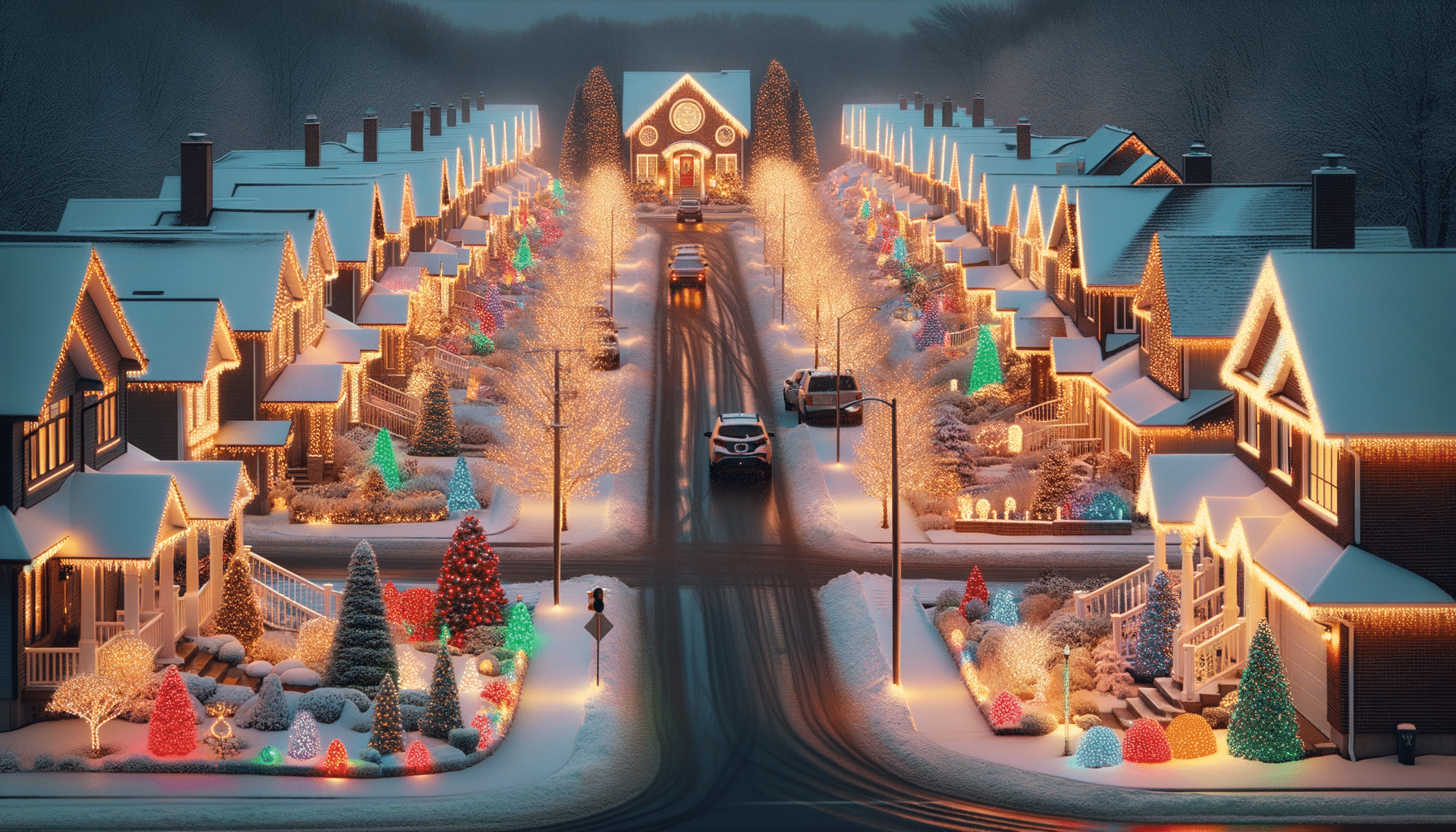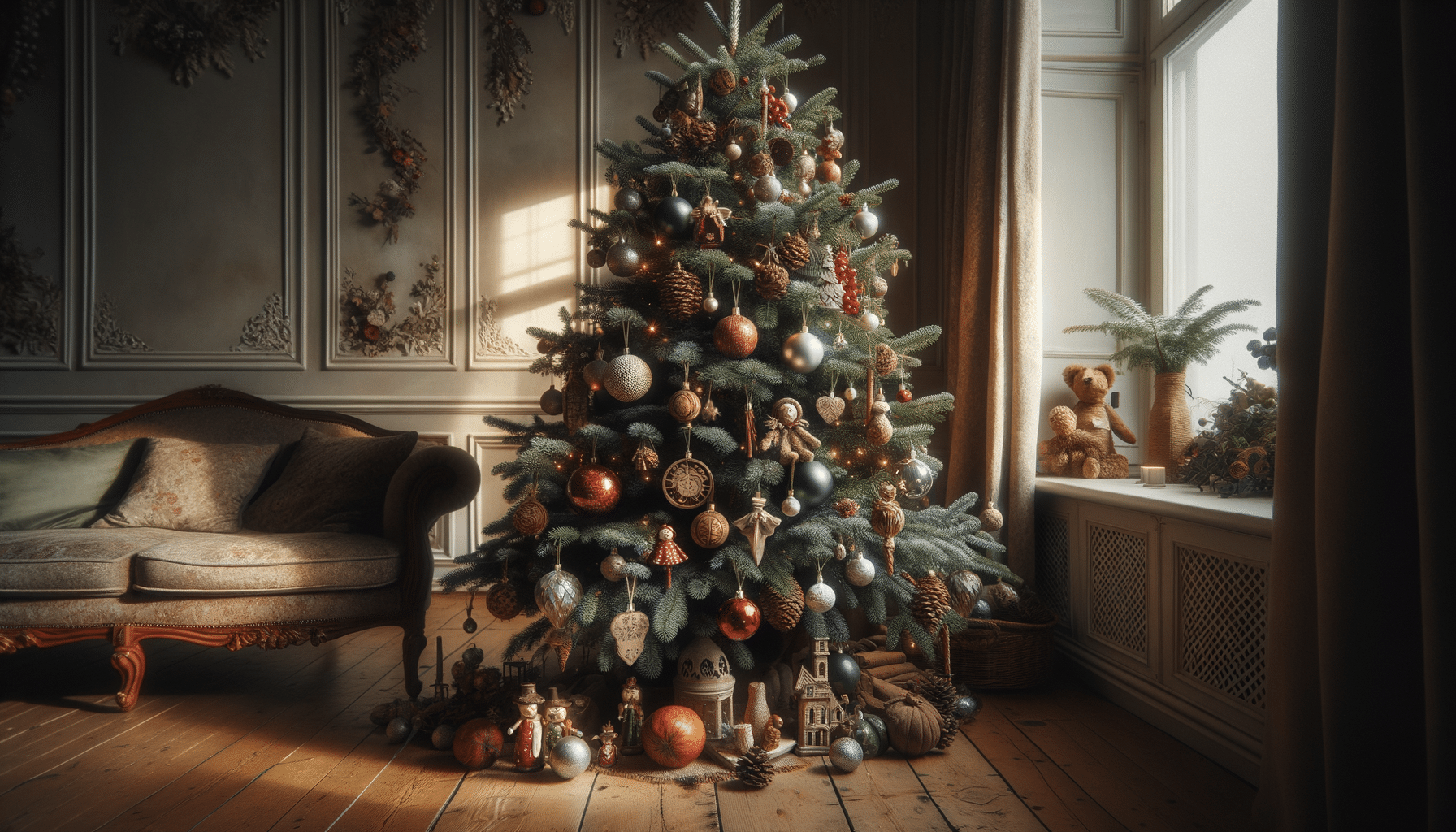
Dazzling Displays: Everything You Need to Know About Christmas Lights
Introduction to Christmas Illumination
Christmas lights have become synonymous with the festive season, transforming ordinary streets and homes into magical wonderlands. This holiday tradition of dazzling displays dates back to the 17th century when candles were first used to decorate Christmas trees. Over time, the evolution of decorative lighting has not only enhanced the beauty of Christmas celebrations but also brought communities together in a shared experience of joy and wonder.
Christmas illumination serves as a beacon of hope and festivity during the winter months. The tradition began in Germany, where small candles were attached to tree branches using melted wax or pins. As the practice spread across Europe and eventually to North America, it evolved with technological advancements. The introduction of electric lights in the late 19th century marked a significant turning point, making it safer and more convenient to create elaborate displays.
Today, Christmas lights are a staple in holiday decorations, ranging from simple strings of lights adorning a tree to complex synchronized displays set to music. These dazzling displays are not just about aesthetics; they symbolize the warmth and spirit of the season, fostering a sense of community and celebration.
The Evolution of Decorative Lighting
The journey of Christmas lights from candles to LEDs reflects advancements in technology and changes in cultural practices. Initially, the use of candles posed significant fire hazards, prompting innovators to seek safer alternatives. This quest led to the invention of the first electric Christmas lights by Edward H. Johnson in 1882, a close associate of Thomas Edison.
The introduction of electric lights revolutionized decorative lighting, allowing for more creative and extensive displays. By the 1930s, Christmas lights had become more affordable and accessible to the general public, leading to widespread adoption. The mid-20th century saw the development of miniature lights, further enhancing the versatility and appeal of Christmas decorations.
In recent decades, the advent of LED technology has transformed the landscape of Christmas illumination. LEDs are not only energy-efficient but also offer a longer lifespan and a broader spectrum of colors. This innovation has enabled homeowners and businesses to create intricate and dazzling displays without the concerns of high electricity bills or frequent replacements.
Cultural Significance and Community Impact
Christmas lights hold a profound cultural significance, symbolizing joy, hope, and the spirit of giving. Across the globe, communities embrace this holiday tradition by hosting light festivals and competitions, bringing people together in celebration. These events often feature spectacular displays that draw visitors from near and far, contributing to local economies and fostering community spirit.
In many neighborhoods, the tradition of decorating with Christmas lights becomes a friendly competition, with residents vying for the most dazzling displays. This friendly rivalry not only enhances the festive atmosphere but also strengthens community bonds as neighbors share tips, ideas, and materials.
Beyond their aesthetic appeal, Christmas lights serve as a reminder of the season’s deeper meaning. They illuminate the darkest nights of winter, offering a sense of warmth and comfort. Whether through simple strings of lights on a home or grand public displays, the impact of Christmas illumination extends far beyond the visual, touching hearts and bringing people together in a shared experience of joy and celebration.
Environmental Considerations and Innovations
As awareness of environmental issues grows, so does the consideration of sustainability in holiday decorations. The shift from incandescent bulbs to LED lights has significantly reduced the environmental impact of Christmas illumination. LEDs consume up to 80% less energy and last significantly longer, making them a more eco-friendly choice for decorative lighting.
Innovations in solar-powered Christmas lights have further advanced the sustainability of holiday decorations. These lights harness solar energy during the day to power dazzling displays at night, eliminating the need for traditional electricity sources. This not only reduces carbon footprints but also offers cost savings for consumers.
For those looking to minimize their environmental impact while still enjoying festive displays, there are several practices to consider:
- Using timers to limit the hours lights are on
- Choosing energy-efficient LED lights
- Recycling old lights and purchasing recyclable options
- Opting for solar-powered decorations
These practices, along with advancements in technology, ensure that the tradition of Christmas illumination can continue to bring joy without compromising the planet’s health.
Conclusion: The Enduring Magic of Christmas Lights
The tradition of decorating with Christmas lights is a testament to the enduring magic of the holiday season. From humble beginnings with candles to today’s energy-efficient LEDs, the evolution of Christmas illumination reflects both technological advancements and the timeless desire to celebrate and connect with others.
As communities gather to admire dazzling displays, the true essence of the season shines through. Christmas lights are more than mere decorations; they are symbols of hope, joy, and unity. Whether through neighborhood displays, public festivals, or simple home decorations, the impact of Christmas lights is felt far and wide, illuminating not just the night but also the hearts of all who behold their beauty.
In embracing both tradition and innovation, Christmas lights continue to enchant and inspire, reminding us of the joy and wonder that the holiday season brings.


